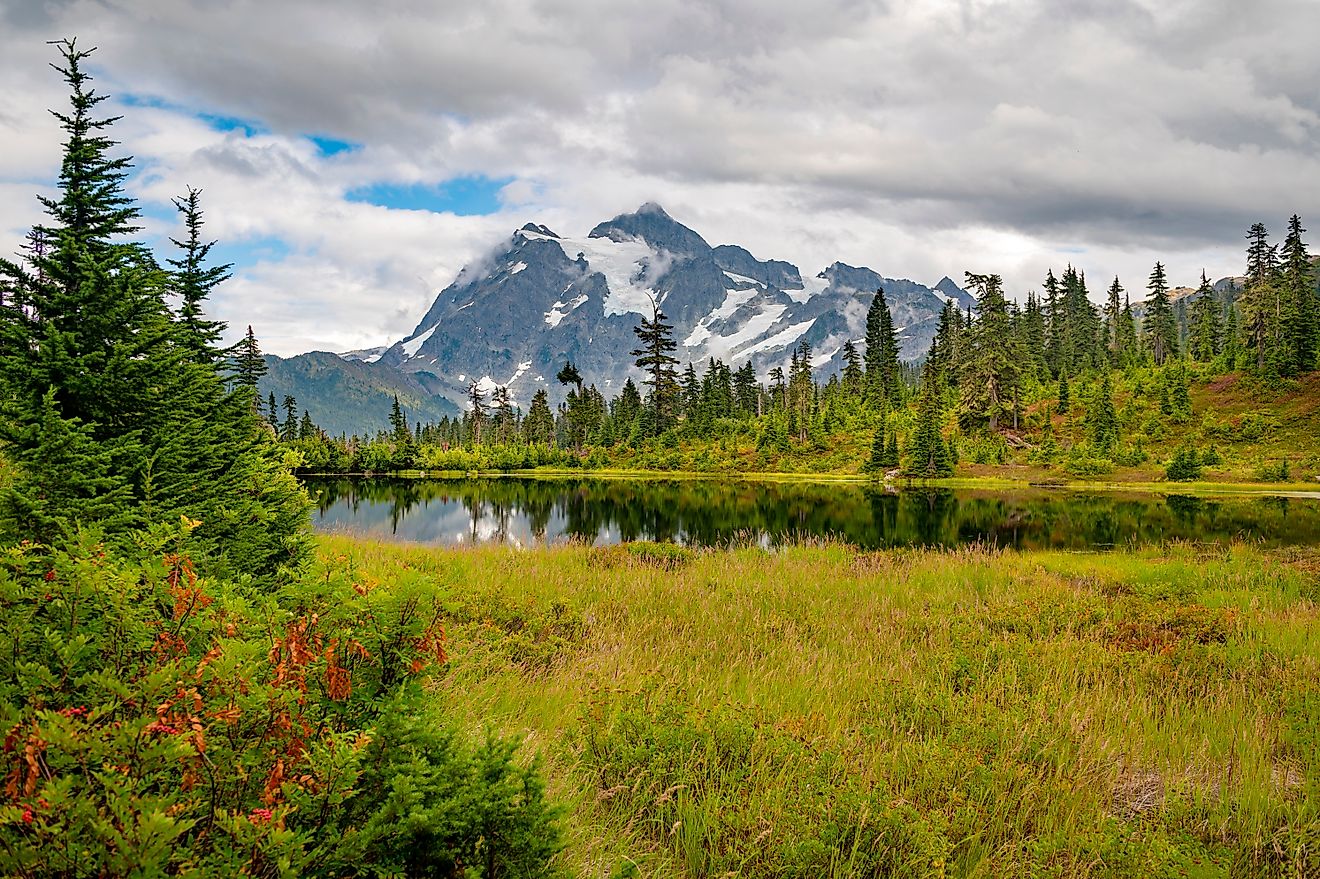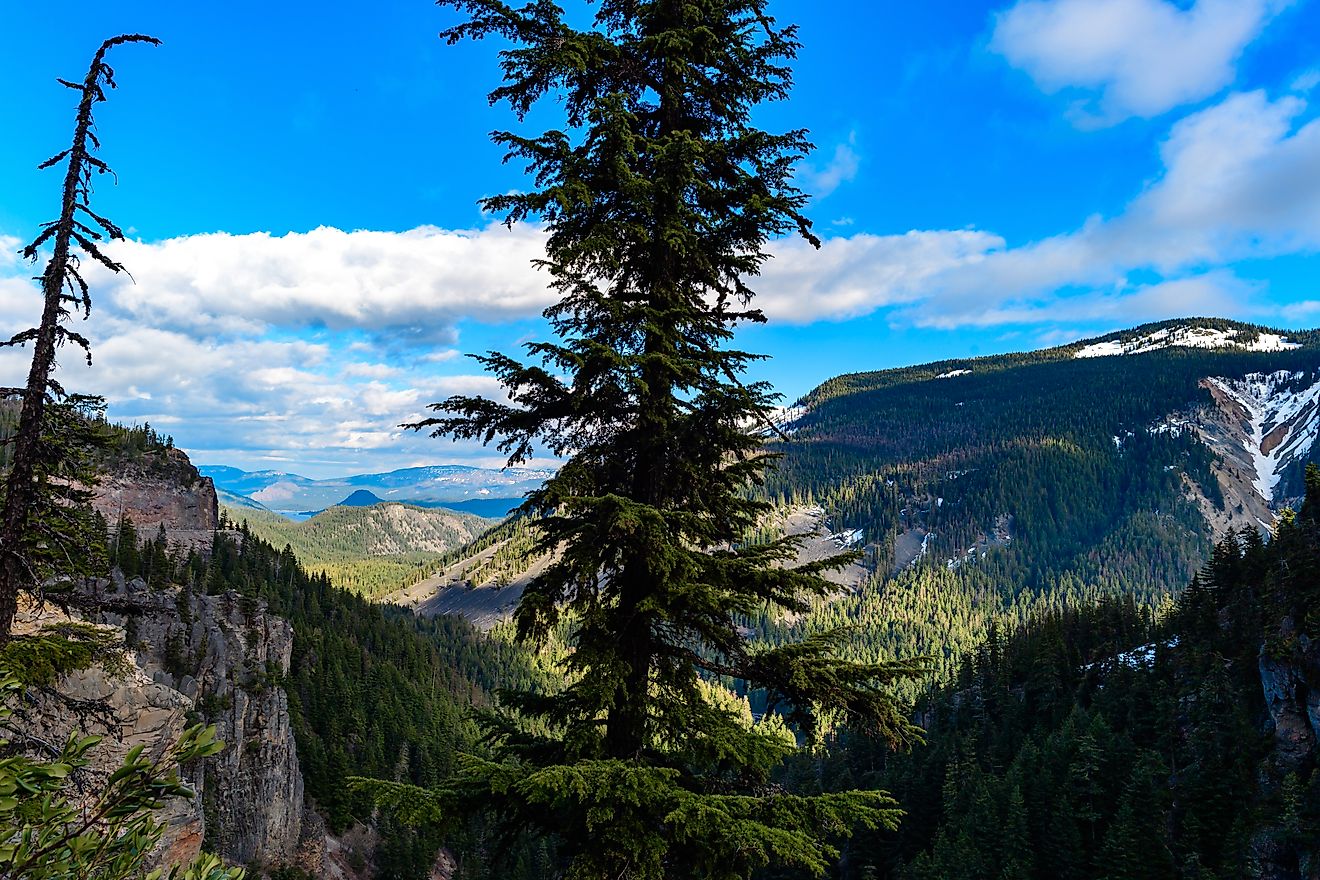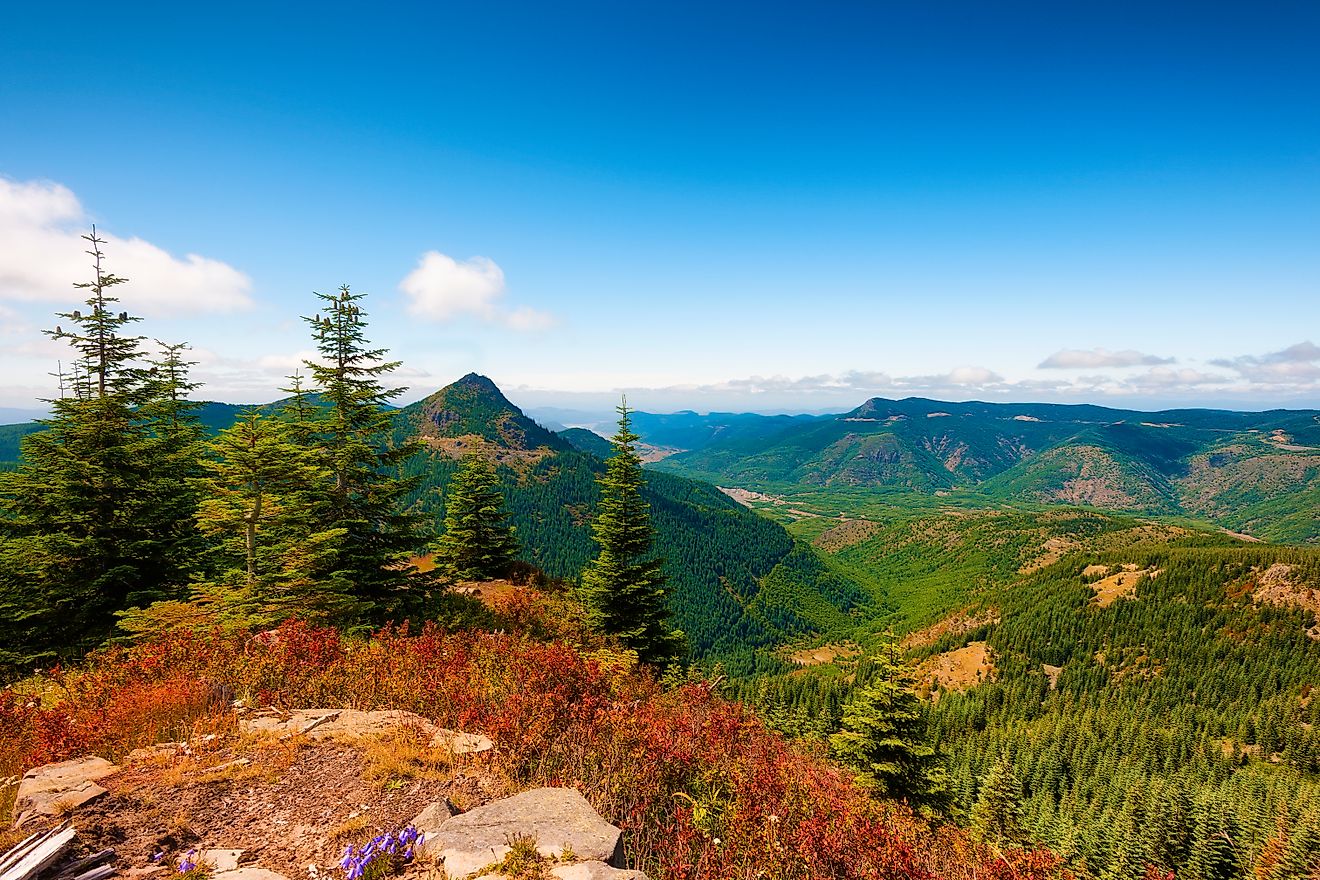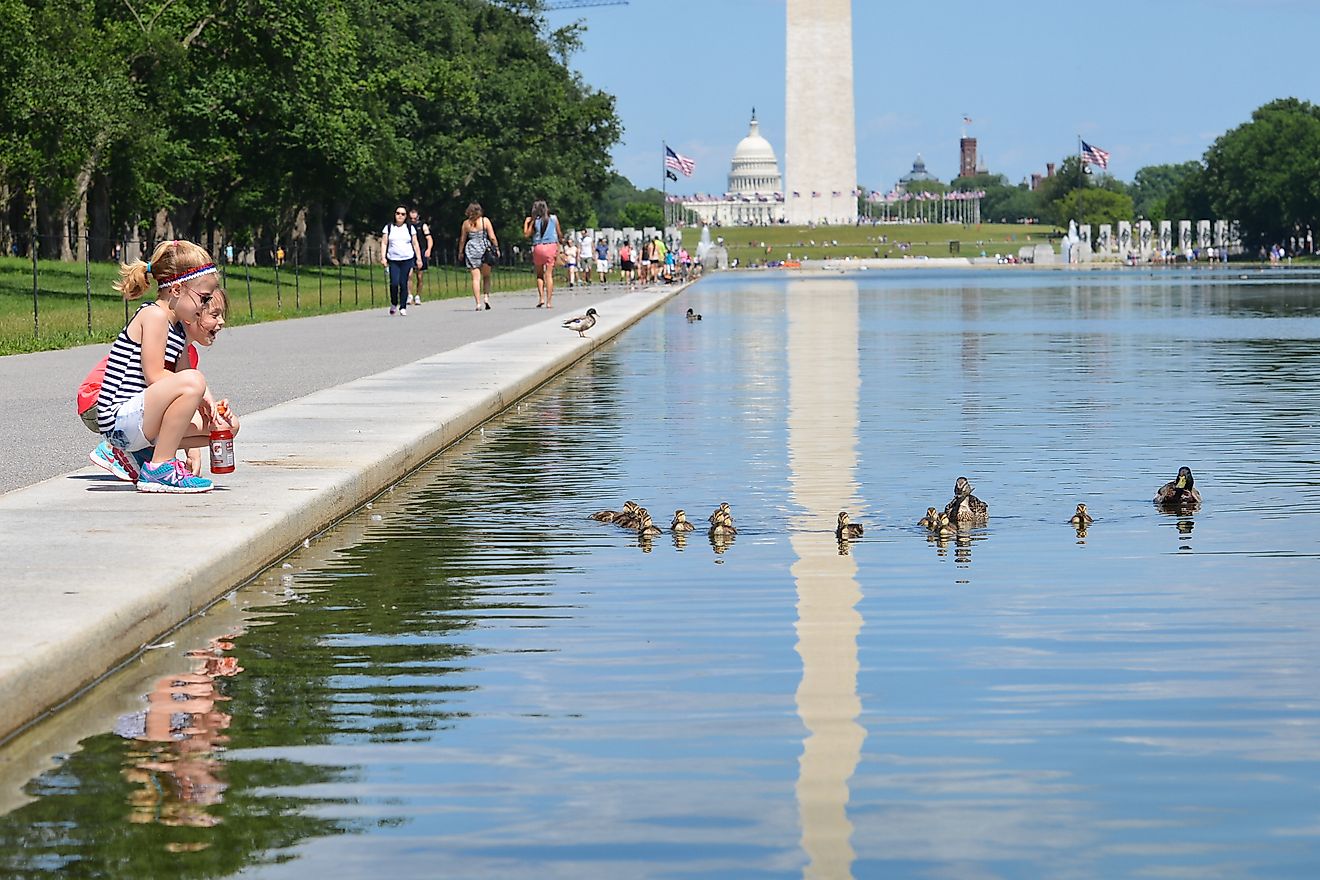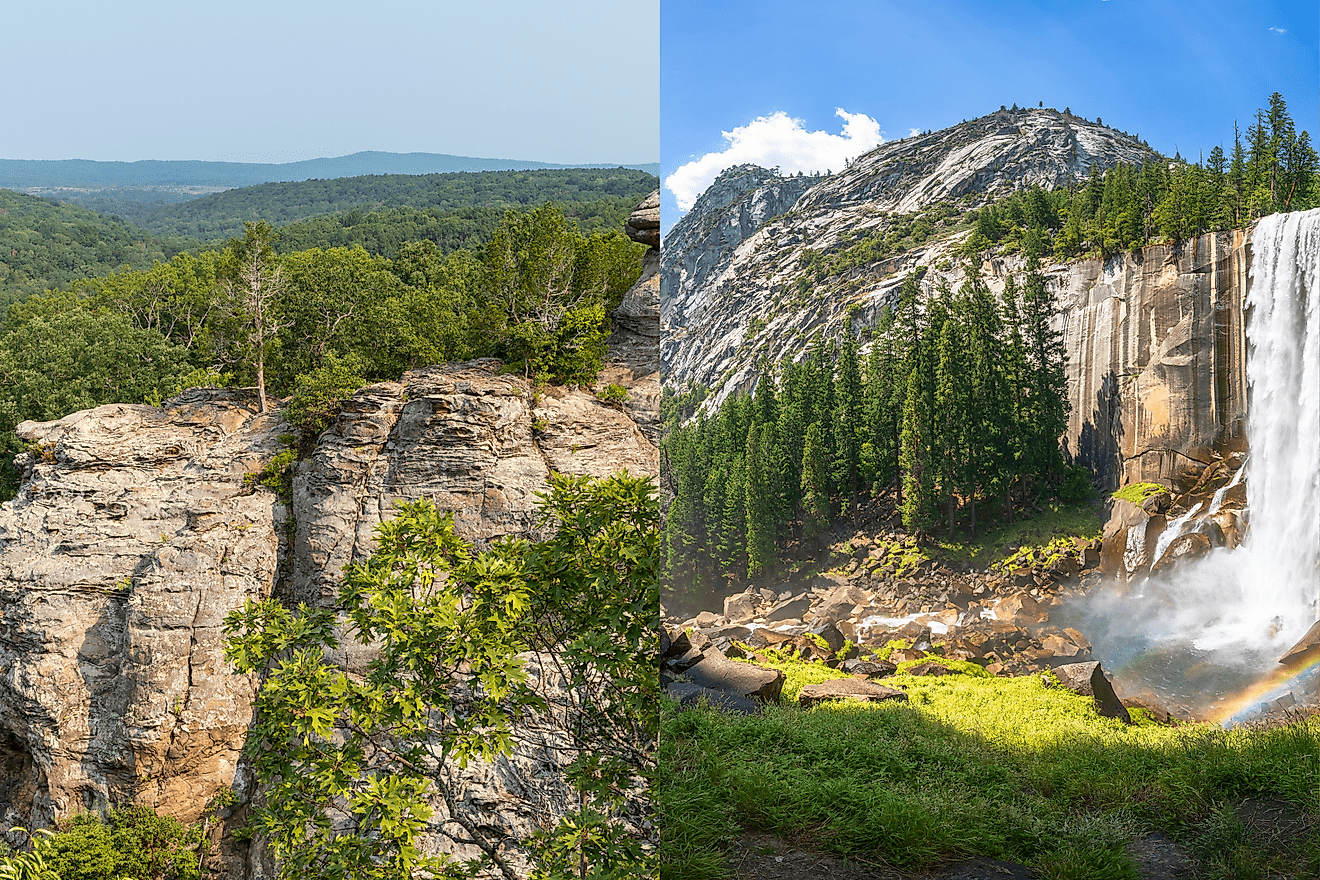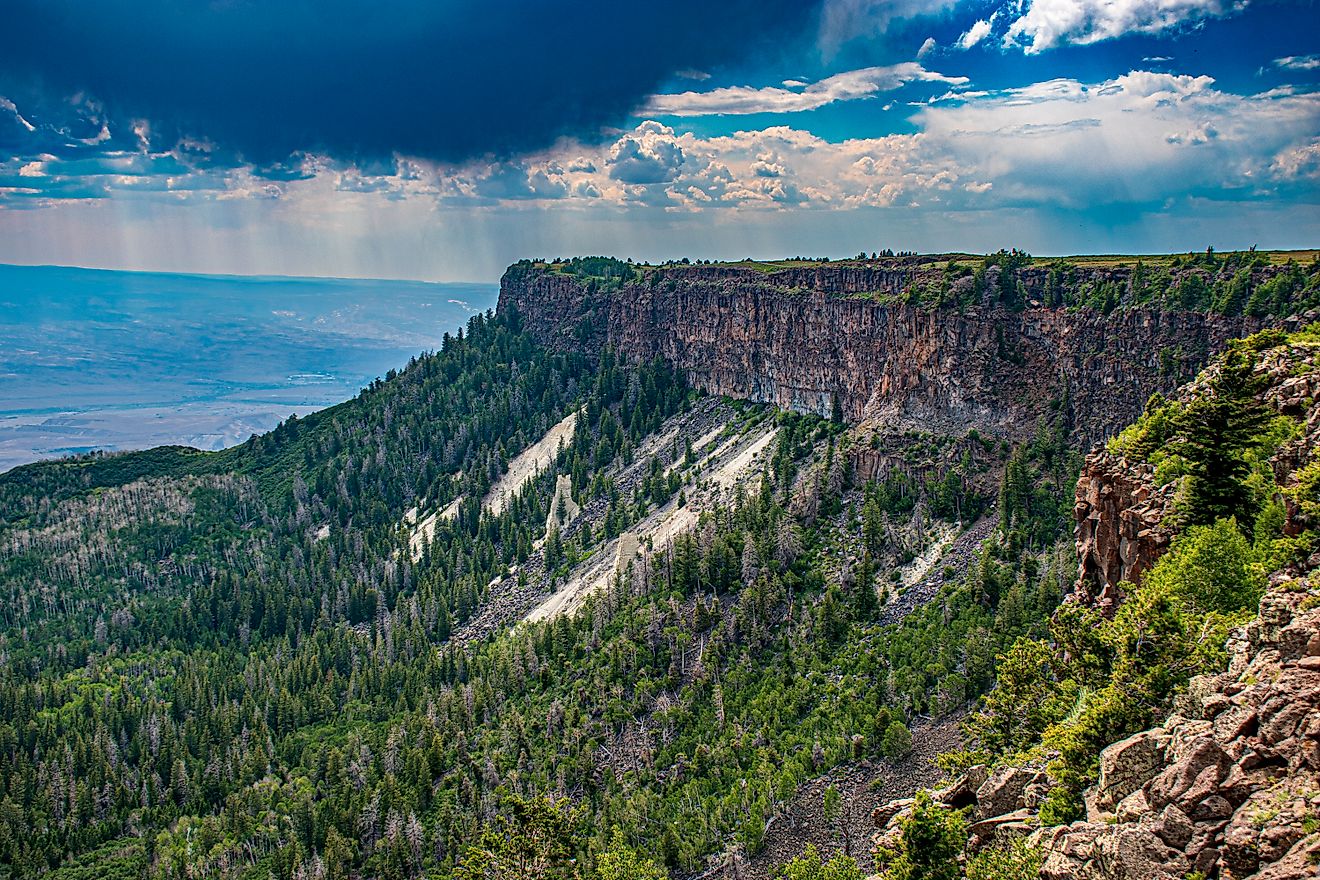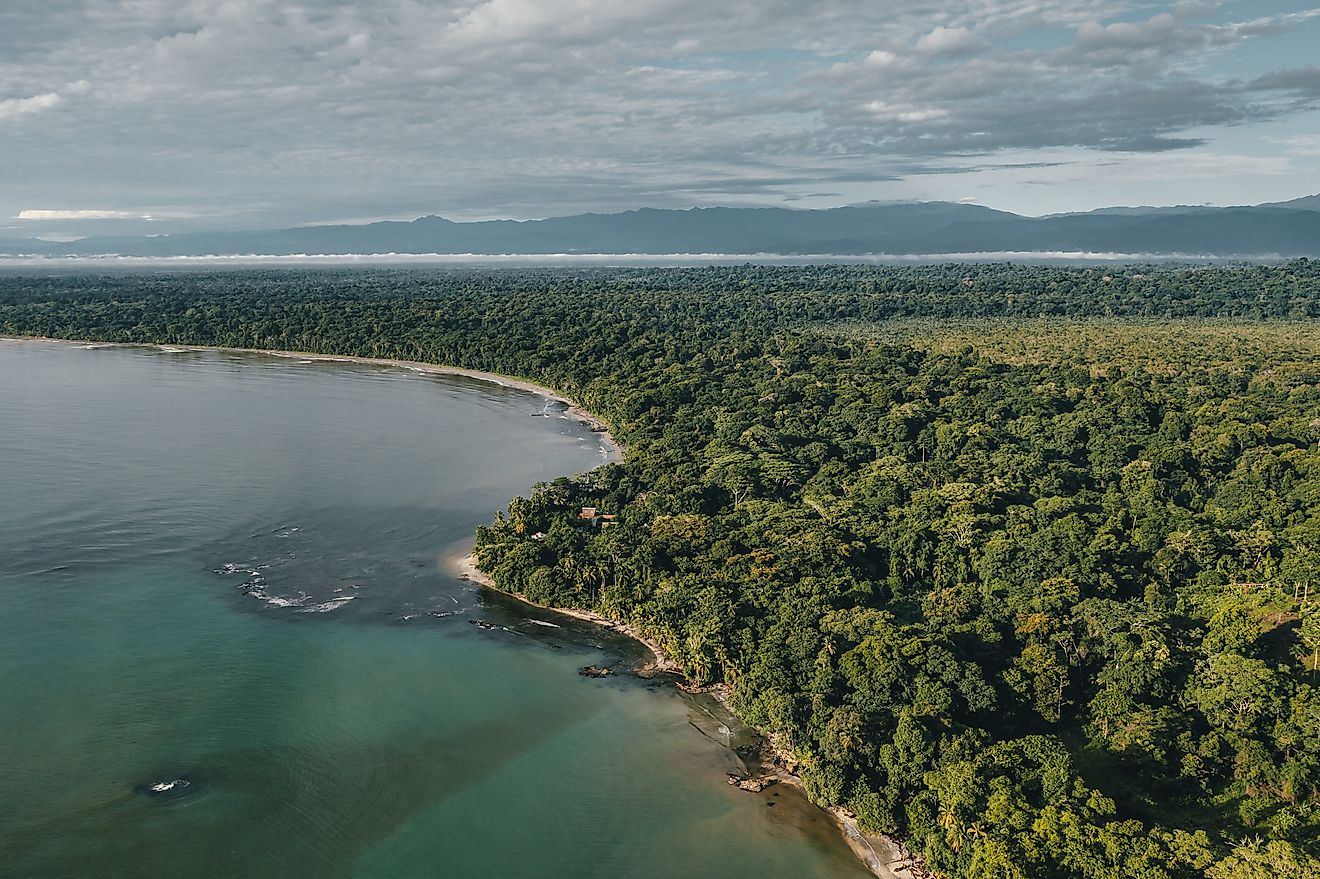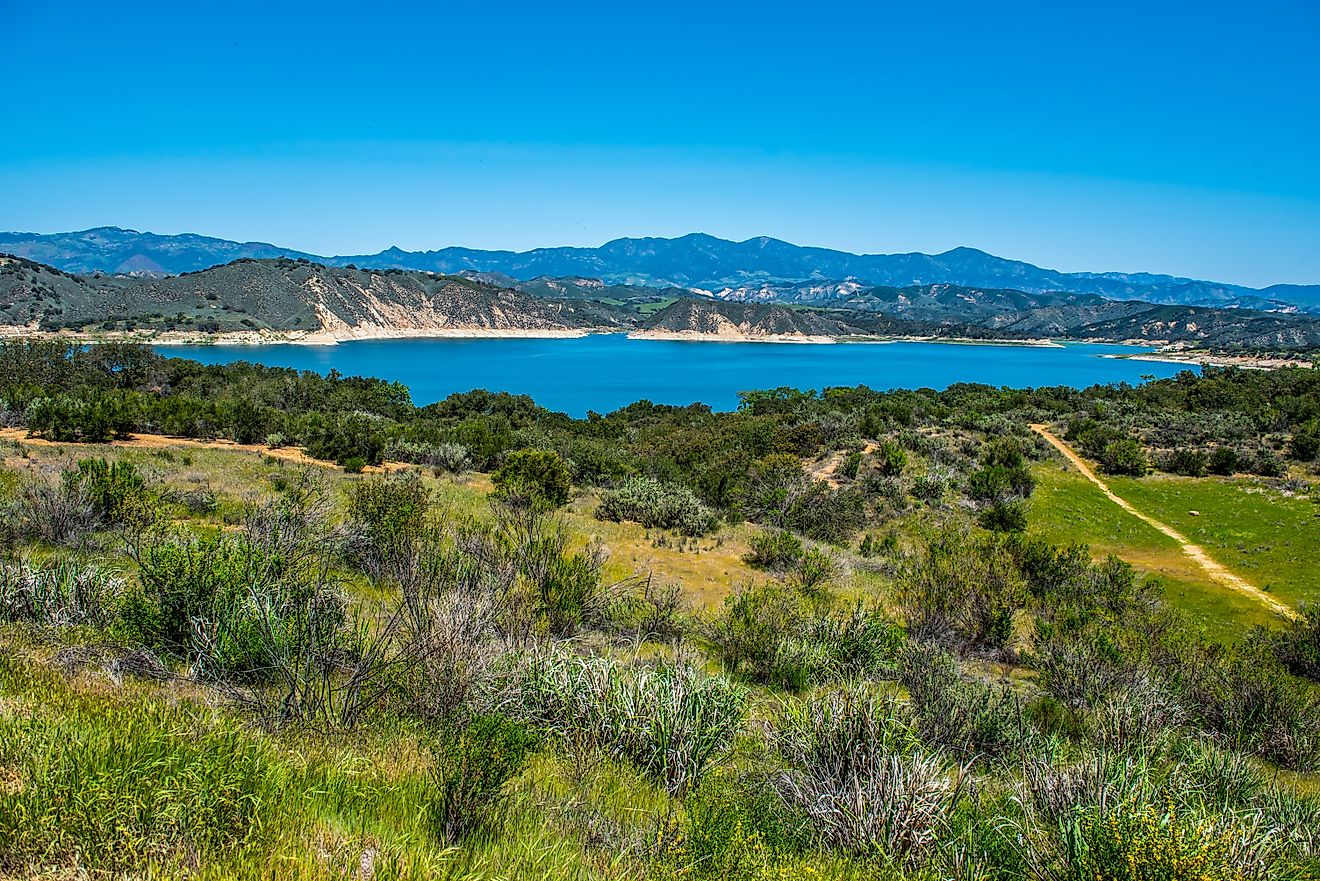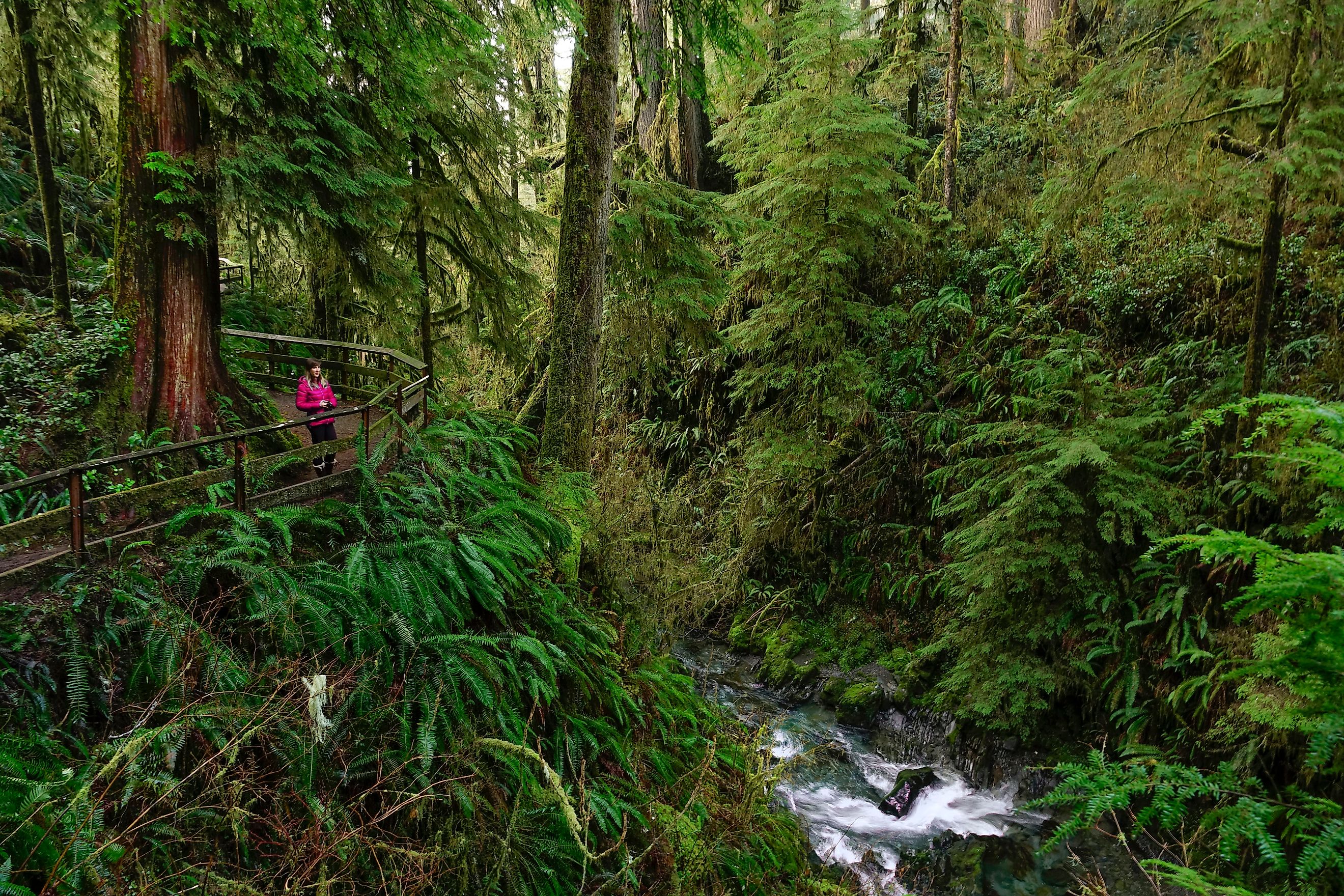
Hoh Rain Forest, Washington
Deep in the Olympic Peninsula of western Washington lies one of the most enchanting and biologically rich places in the United States: the Hoh Rain Forest. Draped in emerald mosses and towering old-growth trees, this temperate rainforest is a living testament to the power of water, time, and preservation.
As one of the largest temperate rainforests in the US, the Hoh stretches across 24 square miles of low-elevation wilderness along the Hoh River, where rain falls in abundance and the landscape feels almost primaeval.
A Forest Born of Ice and Rain
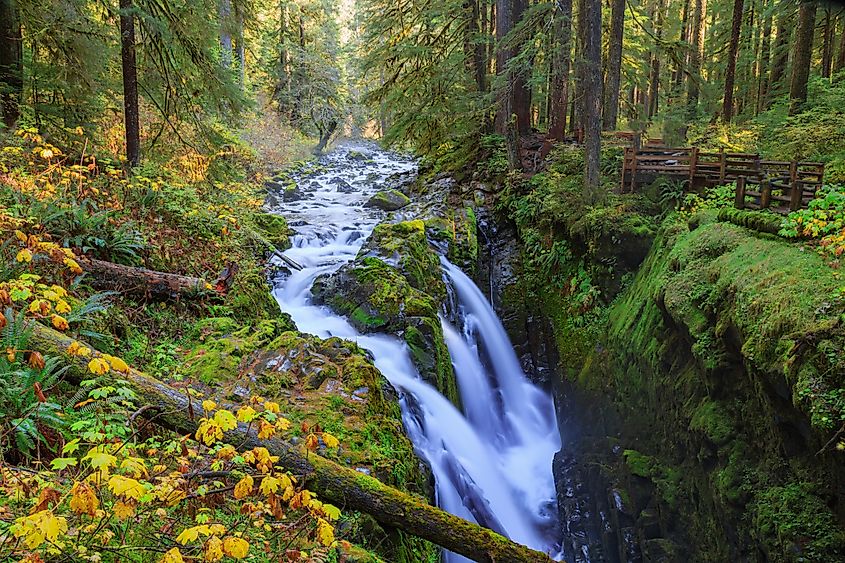
The Hoh River valley was shaped thousands of years ago by massive glaciers that carved the land, creating a lush basin perfectly suited to capture moisture from the Pacific Ocean. Today, the forest receives an average of 129 to 140 inches of rain annually, making it one of the wettest places in the contiguous United States.
This deluge fosters a vibrant ecosystem dominated by Sitka spruce and western hemlock, trees that can reach more than 300 feet in height and 23 feet in diameter. Under their sprawling canopies, mosses, lichens, and ferns thrive, painting the forest floor in countless shades of green.
Ancestral Lands and Protected Wilderness
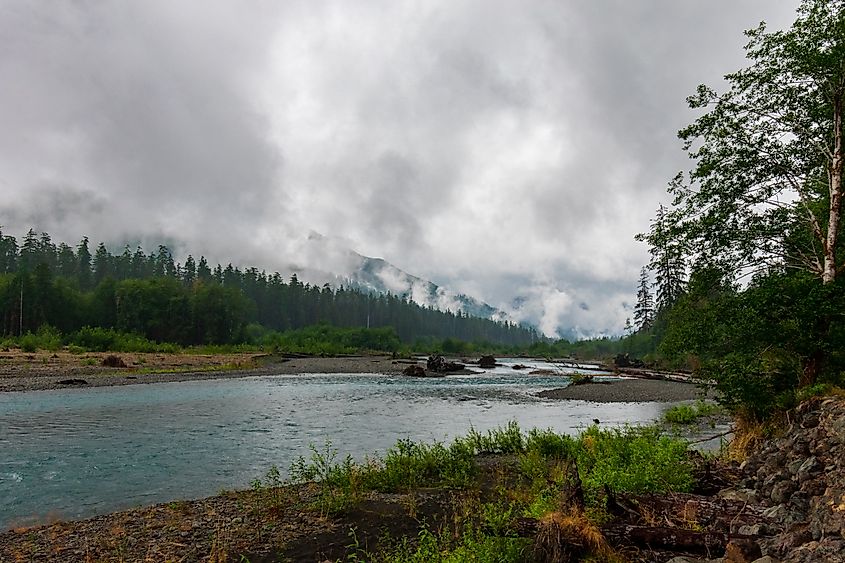
The Hoh Rain Forest is not only a natural wonder but also a cultural landscape. It is part of the ancestral homeland of the Hoh people, who have long lived in relationship with the river and surrounding woodlands.
Today, the forest is protected within Olympic National Park, ensuring that commercial logging and large-scale development do not threaten its ancient ecosystem. Outside the park’s boundary, much of the forest has been logged over the past century, but significant pockets of old growth remain, providing a glimpse of what this region once looked like in its untouched state.
A Journey to the Quietest Place in the United States
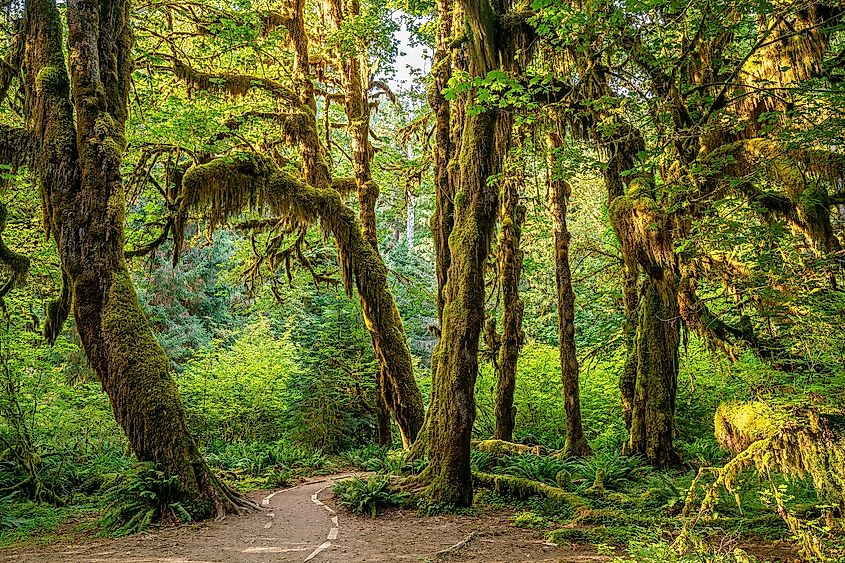
For many visitors, the Hoh Rain Forest is more than just a visual spectacle. It is also a place of profound silence. In 2005, a one-square-inch marker was placed deep within the forest to symbolize the “quietest place in the United States.” Known as the One Square Inch of Silence, this small spot became a symbol of the need to protect natural soundscapes from the intrusion of modern noise.
Walking its trails, it is easy to understand why. The thick moss, the dense canopy, and the constant rain create a natural acoustic buffer, muting the outside world. The only sounds are the rush of the Hoh River, the calls of northern spotted owls, or the occasional rustle of Roosevelt elk in the undergrowth.
Wildlife of the Hoh
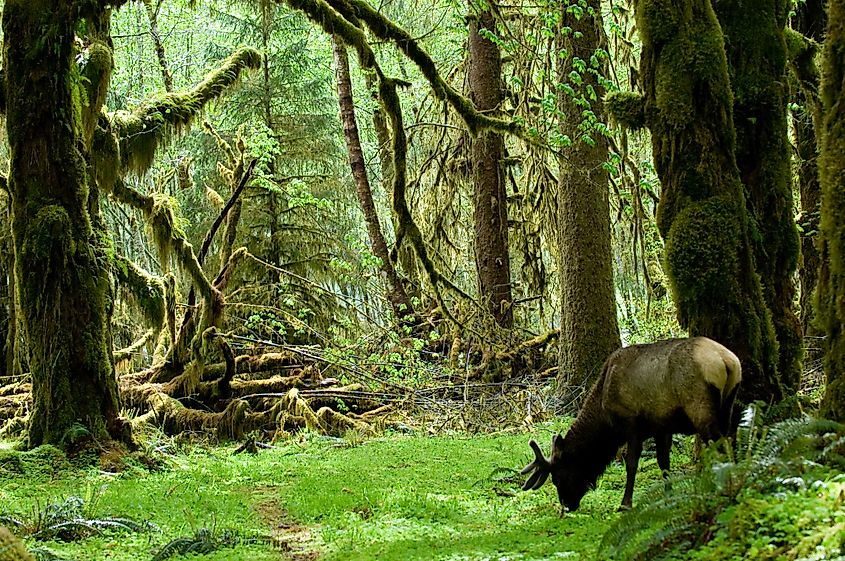
This rainforest teems with life, from tiny banana slugs to large predators like cougars. The Roosevelt elk, named after President Theodore Roosevelt, is one of the most iconic species in the forest and is frequently spotted grazing in the open meadows near the river. Black bears roam the area as well, while bobcats, raccoons, and coyotes weave through the understory.
Birdlife is abundant, including the northern spotted owl and countless songbirds that depend on the old-growth trees for nesting and shelter. Amphibians like the Pacific tree frog thrive in the damp environment, and conservationists have been working to reintroduce fishers, a type of weasel nearly wiped out in Washington state.
Trails to Immerse Yourself in the Rain Forest
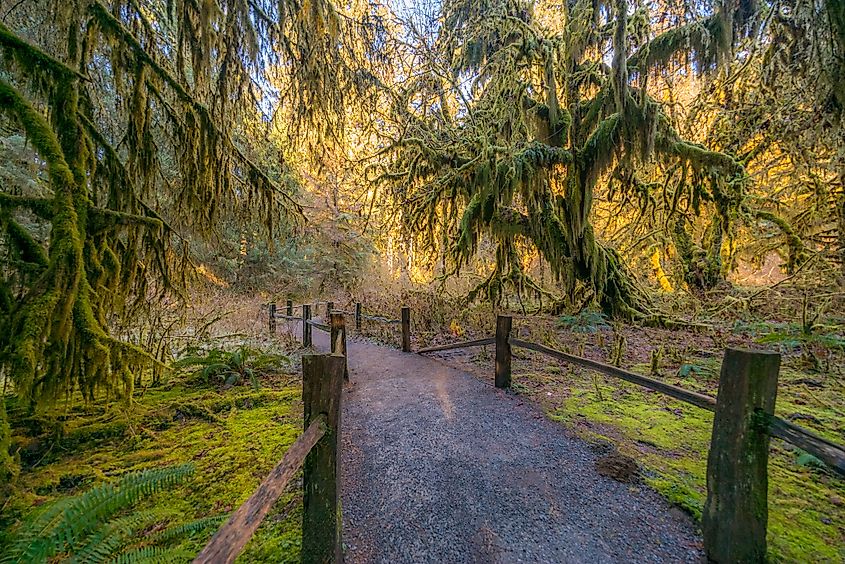
Visitors to the Hoh Rain Forest will find a variety of trails suited for different levels of adventure. Two of the most popular near the visitor center are:
-
Hall of Mosses Trail (0.8 miles): A short loop that feels like a walk through a fairy tale, where massive maples draped in moss arch overhead and ancient logs provide shelter for ferns and fungi.
-
Spruce Nature Trail (1.2 miles): This loop combines river views with interpretive signs that teach visitors about the trees and plants that make this forest unique.
For those seeking a longer adventure, backcountry trails extend deeper into the national park, leading to remote wilderness areas where the rainforest meets alpine terrain.
Recent Challenges and Road to Recovery
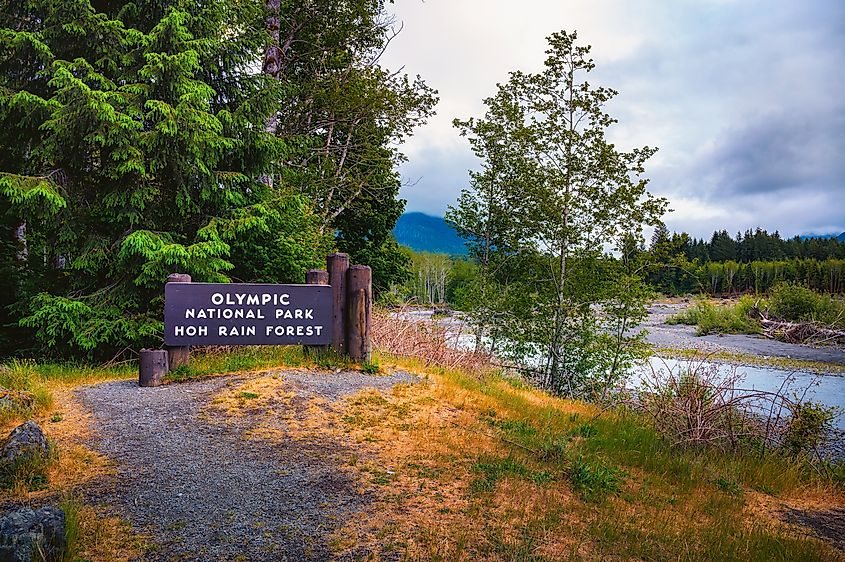
The Hoh Rain Forest is both resilient and vulnerable. In late 2024, flooding from the Hoh River washed out portions of the Upper Hoh Road, the only vehicular access to the visitor center. The damage, worsened by a powerful bomb cyclone earlier that year, temporarily cut off access for travelers and disrupted the local economy.
Repairs were delayed due to federal budget disruptions in early 2025, but a partnership between the state of Washington and private donors ultimately funded the $650,000 project. By May 2025, the road was fully repaired and reopened, restoring public access to this extraordinary destination.
The Lush Heart of the Hoh
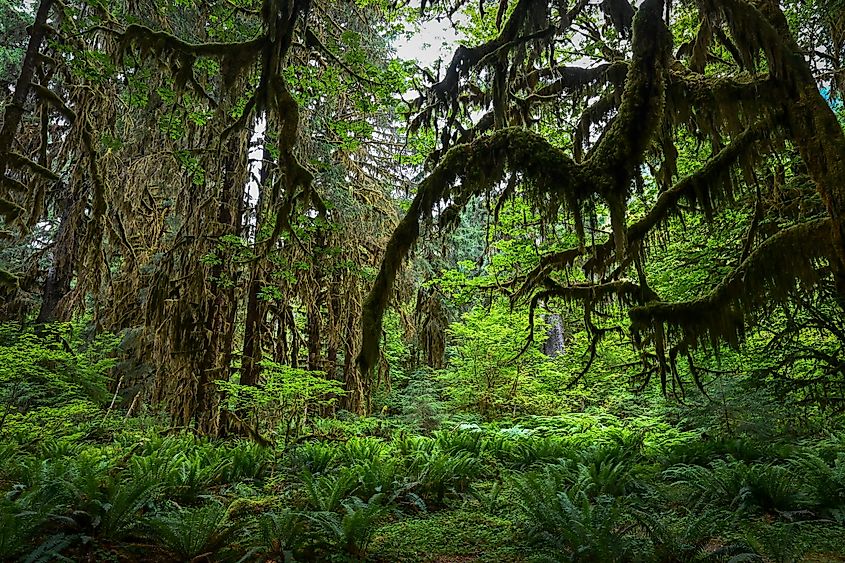
The Hoh Rain Forest thrives under an oceanic climate (Cfb in the Köppen system) that delivers an average of 129 inches of rain each year. Winter months bring the heaviest downpours, while summers remain cool and relatively dry compared to much of the country. This steady moisture fuels the forest’s signature misty atmosphere, where mosses and lichens cling to every surface.
Here, towering Sitka spruce and western hemlock dominate the skyline, joined by western red cedar, bigleaf maple, red alder, vine maple, and black cottonwood. On the forest floor, Western sword ferns spread like a living carpet, while overhead, branches draped in lettuce lichen provide a vital food source for deer and elk. Together, these plants create a dense, layered ecosystem that flourishes in the soft light and constant moisture unique to the Hoh.
Planning Your Visit
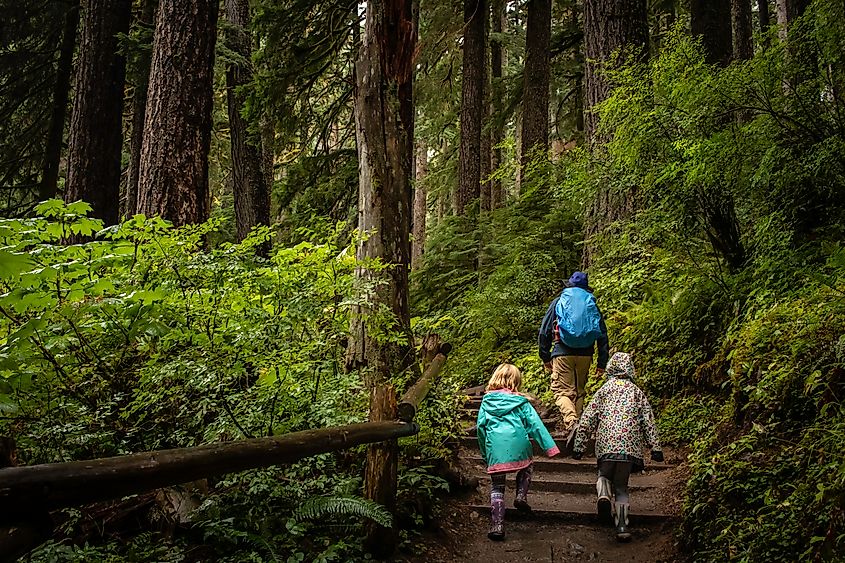
The Hoh Rain Forest is reached via US Highway 101, with the main visitor center situated about 18 miles inland along Upper Hoh Road. Visitors will find parking, restrooms, picnic tables, and access to the scenic Hoh River, making it a convenient starting point for exploring the trails. Summer draws the largest crowds thanks to mild temperatures and long daylight hours, but spring and fall often provide a more serene experience.
In these seasons, mist drifts between the ancient trees, the mosses glisten with fresh rainfall, and the wildlife is often more active. Winter visits are also possible, though some facilities may operate with reduced services.
Final Reflections
The Hoh Rain Forest is more than just one of the wettest places in the country. It is a thriving temperate rainforest, a cultural landmark, and a refuge for wildlife and weary travelers. Its moss-draped trees and winding trails tell a story of resilience, of nature’s ability to thrive under constant rain and of a community committed to its preservation.
Whether you come for a brief stroll on the Hall of Mosses Trail or venture deep into its misty heart, the Hoh offers something rare: a chance to step into a living, breathing rainforest without leaving the continental United States. For many, it is not just a place to visit, but a place to remember.
Quick Reference Guide
Location: Olympic Peninsula, western Washington
Size: 24 square miles
Elevation: 394 to 2,493 feet
Annual Rainfall: 129–140 inches
Main Trees: Sitka spruce, western hemlock, western red cedar
Wildlife Highlights: Roosevelt elk, black bears, northern spotted owls
Popular Trails: Hall of Mosses Trail (0.8 miles), Spruce Nature Trail (1.2 miles)
Visitor Numbers: ~460,000 in 2024
